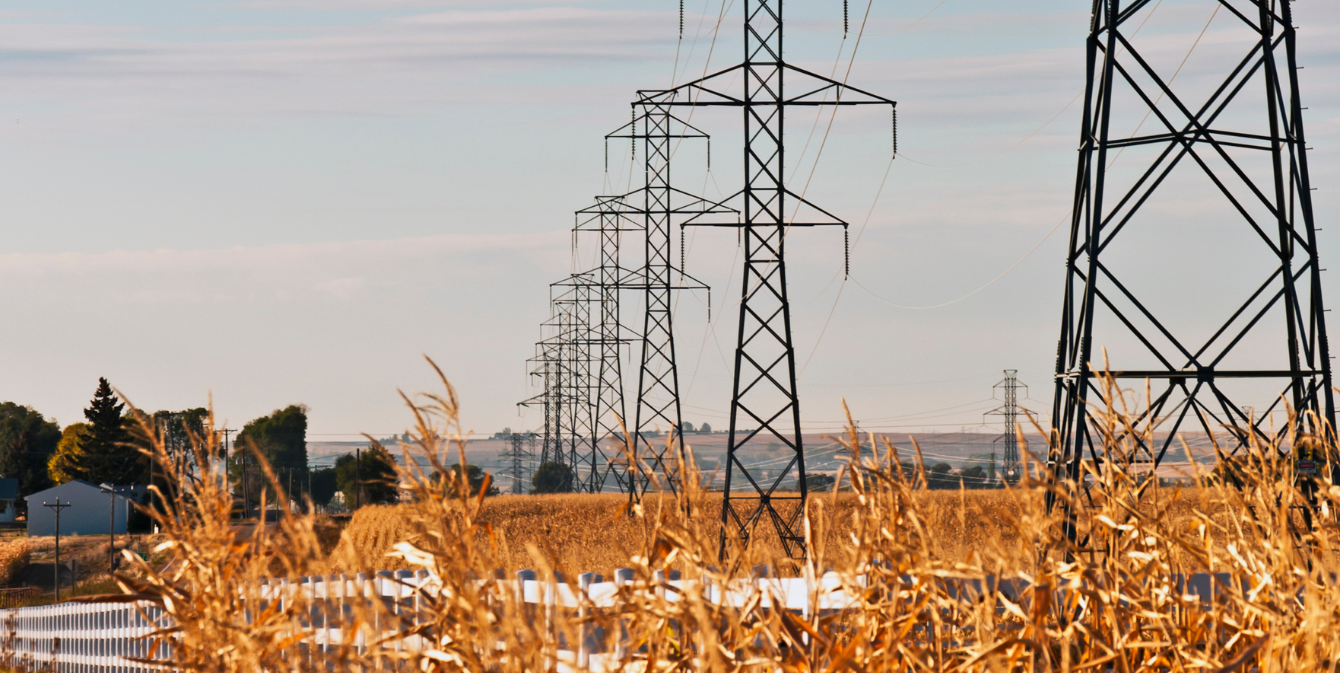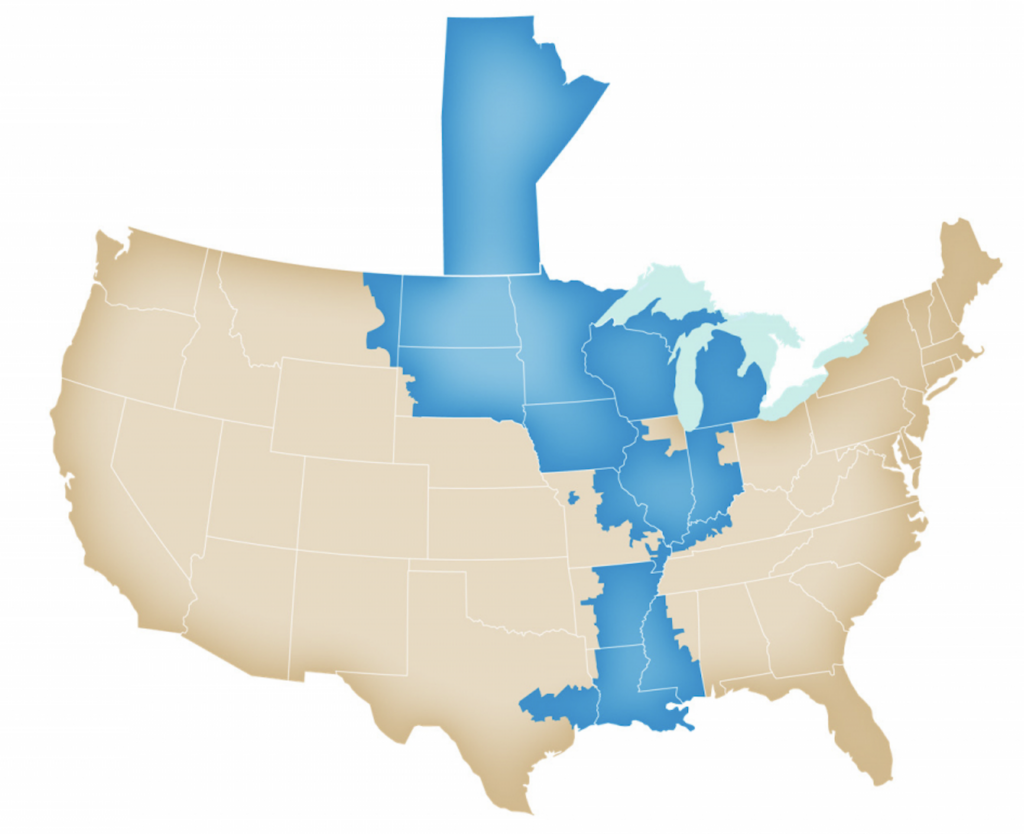
NCEL Blog
Understanding RTOs: MISO (Midcontinent Independent System Operator)
December 15, 2023
Refresher: What is an RTO?
While states set their own clean energy goals and utility policies, wholesale markets and electricity transmission between states are regulated by the Federal Energy Regulatory Commission (FERC). In many cases, this is organized through regional transmission organizations (RTOs). RTOs are responsible for managing the capacity market, which ensures that electricity supply meets future demand with adequate reserves.
What States Make Up MISO?
MISO (Midcontinent Independent System Operator) is the largest RTO in the U.S. stretching across Arkansas, Illinois, Indiana, Iowa, Kentucky, Louisiana, Michigan, Minnesota, Mississippi, Missouri, Montana, North Dakota, South Dakota, Texas, Wisconsin, and the Canadian province of Manitoba.

How is MISO structured?
MISO is governed by an independent Board of Directors, which consists of representatives from various stakeholder groups, including transmission owners, independent power producers, consumer advocates, and others. The Board of Directors is responsible for setting strategic direction, approving budgets, and overseeing the organization’s activities. Board members are elected to serve three-year terms.
Why Should You Care About MISO?
MISO is responsible for transmission planning, and the energy and capacity markets. Because MISO controls the capacity market, their decisions have a huge impact on how state clean energy policy is implemented and the cost of electricity to consumers in the region.
What Have States Done Around MISO?
In 2021, Governors Tim Walz (MN), Gretchen Whitmer (MI), Tony Evers (WI), and J. B. Pritzker (IL) sent a letter of encouragement to MISO to applaud and urge the progress of MISO’s Long Range Transmission Planning (LRTP) efforts. This letter was following public messages by New Orleans City Council President Helena Moreno and Michigan State Senator Winnie Brinks. MISO has taken big steps forward regarding Long Range Transmission Planning (LRTP) since these letters of encouragement. In 2022, MISO approved a $10.3 billion investment that includes 18 transmission projects in MISO’s Midwest Subregion. This transmission plan will support 53 GW of wind, solar, hybrid, and stand-alone battery projects. MISO’s LRTP efforts have been crucial to ensuring a reliable future system as the structure of the resource portfolio changes and it has been important that states have stayed engaged in the process.
At NCEL’s 2023 National Forum, state legislators from the states of MISO convened for an event focused on what legislators can do to reform MISO to make the grid ready for ambitious renewable energy adoption. Legislators learned how grid operators can be made to enable rather than hinder state clean energy goals and brainstormed actions to improve RTO performance.
MISO legislators learned about the Joint Targeted Interconnection Queue (JTIQ), a study that evaluated large amounts of new generation between MISO and SPP along the seam to identify more cost-effective transmission solutions through greater economies of scale. At the time, the future of these projects were uncertain due to funding constraints, but in October 2023, the DOE announced that they will cover a portion of costs for the projects through the Grid Innovation Program (GRIP).